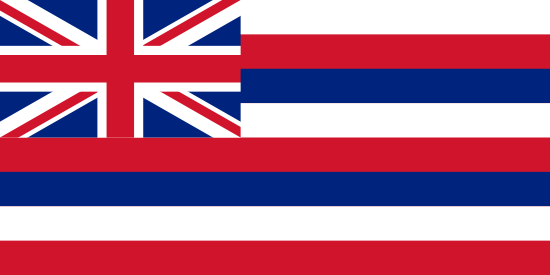
East Honolulu
- County:
- Honolulu County
- County Seat:
- No
- Area (mi²):
- 23.006
- State:
- Hawaii
East Honolulu is a CDP located in Honolulu County, Hawaii Hawaii. Unfortunately, the data for this location is currently limited or unavailable.
The median household income in East Honolulu is $158,398 with a poverty rate of 4.13%. The median age in East Honolulu is 49.3 years: 48 years for males, and 50.1 years for females. For every 100 females there are 96.3 males.